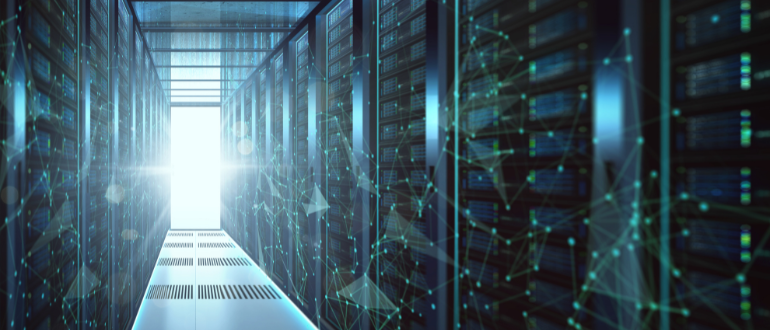
In a move that could reshape how data centers connect to the power grid, Aligned Data Centers is installing a massive 31-megawatt battery at its new data center in Hillsboro, Oregon. Built in partnership with Calibrant Energy, the project is the first to use a large-scale battery system to bring a hyperscale data center online years ahead of traditional utility timelines.
For a data center industry straining under the power demands of artificial intelligence, the approach marks a turning point. AI computing requires extraordinary amounts of energy, but utilities typically move slowly in expanding capacity. By adding a 31 MW / 62-megawatt-hour battery energy storage system (BESS) on site, Aligned can launch operations in 2026—long before local grid upgrades would normally allow.
“This project flips the script on how data centers access power,” said Phil Martin, CEO of Calibrant Energy, noting that instead of waiting years for new substations, the company is using a distributed energy solution to speed up grid interconnection.
Handling Peaks
The new system will store power during off-peak hours and discharge energy when demand peaks, effectively smoothing power flow across the regional grid. By operating as a grid-responsive asset, the battery will give the local utility a flexible resource it can call on to stabilize voltage or balance supply.
In essence, Aligned is converting what could have been a power burden into an asset. “With this BESS, we’re converting our load from a potential grid liability into a dynamic grid asset, providing the regional utility with the tools needed to accelerate our ramp,” said Andrew Schaap, CEO of Aligned. The solution does not raise utility bills for ratepayers, he said.
Additionally, because the battery sits on the utility side of the meter, regulators can approve it more quickly, shortening permitting times that often stretch for years.
Batteries and Grid Capacity
Data centers have traditionally relied on a mix of grid electricity and diesel generators, but as AI workloads surge, the limits of that model are showing. Facilities running high-performance computing draw power around the clock, stressing transmission systems that were never designed for such steady, heavy loads.
A 2024 Duke University study found that if large power users could reduce their demand just a few hours a week during critical peaks, the grid could accommodate far more data center growth without new plants. The Hillsboro project effectively puts that idea into practice: a large battery allows the data center to dial back consumption temporarily, freeing up grid capacity for others.
A New Trend?
Calibrant Energy views the Hillsboro battery as the first of many. The company says it is developing larger projects for other AI-driven data centers facing similar interconnection bottlenecks.
Aligned’s 27-acre Hillsboro data facility, set amid Oregon’s so-called Silicon Forest, will eventually exceed 100 megawatts of IT capacity, hosting cloud and enterprise customers alongside AI developers. If the battery-enabled launch succeeds, it may become a blueprint for power-constrained markets nationwide.
The timing of this initiative is notable: only a week before the battery announcement, Aligned was acquired for $40 billion by a consortium led by BlackRock, NVIDIA, Microsoft, and Elon Musk’s xAI venture, making it one of the largest infrastructure deals in tech history. The acquisition underscores investor confidence that data-center demand, driven by AI, will continue its rapid climb.

